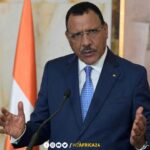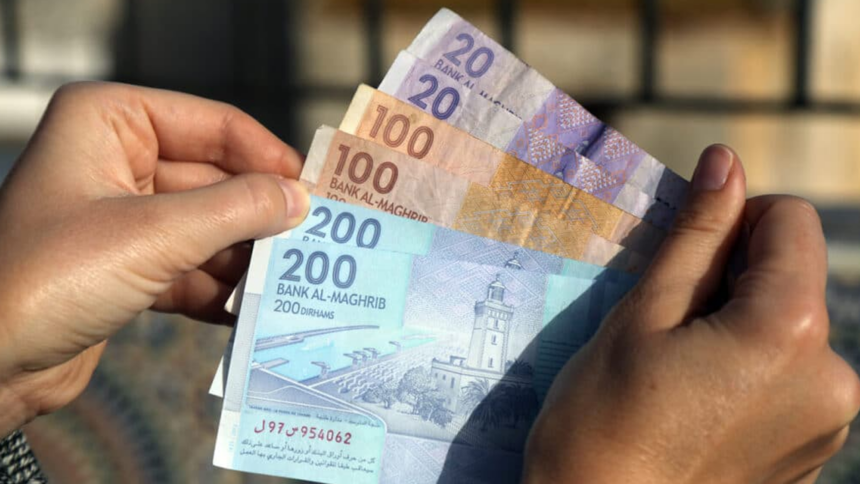Morocco’s official data sheds light on the unfolding scenarios within the current fiscal year. The execution of this year’s budget law has yielded a positive outcome, with the first ten months showcasing a commendable surplus of 6.652 million dirhams, a remarkable leap from the preceding 644 million dirhams.
Disclosed in the Treasury’s monthly digest of confined public finance statistics up to October 2023, the apparent budget deficit stands at 37.1 billion dirhams. However, factoring in a positive balance of 37.3 billion dirhams, attributed to the Treasury’s specialized accounts (CST) and independently managed state services (SEGMA), the fiscal shortfall appears to be mitigated.
The fiscal landscape witnessed a noteworthy 8.9% augmentation in total revenues and incomes. This upswing is primarily steered by a 0.7% dip in net customs revenues, totaling 62 billion dirhams by the end of October 2023, compared to the 211 billion dirhams reported during the equivalent period in the previous fiscal year. The surge in overall revenues is attributed to a robust 9.8% escalation in customs duties, effectively counteracting a 4.1% downturn in value-added tax on imports.
The internal consumption tax (TIC) on energy products charted an upward trajectory, marking a 1.8% increase. These revenues amounted to 38 million dirhams by the close of October 2023, juxtaposed against 155 million dirhams in the preceding year. The revenue boost is notably evident in the 2.6% rise in revenues from internal consumption taxes on manufactured tobacco, along with a 5% increase in other internal consumption taxes.
Local taxes spurred attention with a notable 6.3% uptick in net revenues, accounting for reimbursements, tax deductions, and funds absorbed by the general budget. The cumulative figure reached 9,335 million dirhams by the end of October 2023, outstripping the 8,841 million dirhams recorded in the corresponding period the previous year.
Corporate tax (IS) experienced a modest 0.8% surge, with reimbursements totaling 1,318 million dirhams, a considerable climb from the 373 million dirhams in the previous fiscal year. As of December 2022, the cumulative value of corporate tax refund requests reached a substantial 4.2 billion dirhams.
Income tax registered a commendable 6.2% escalation, with reimbursements reaching 299 million dirhams by the end of October 2023, compared to the 223 million dirhams reported in the previous fiscal year. Nevertheless, revenues from income tax collected by the Directorate of Employee Expenses (affiliated with the Kingdom’s treasury) saw a 4.4% decline.
Within the realm of local authorities’ financial dynamics, there surfaced an overall surplus of 6.5 billion dirhams after October 2023. This surpassed the 3.6 billion dirhams surplus recorded during the same period in 2022.
Shifting the focus to expenditures, the monthly report underscores a persistent downturn in outflows from the Compensation Fund. This trend stabilized at 16.7% over the first ten months of the 2023 fiscal year.
Delving into expenditure specifics, ordinary expenses saw a 5.9% uptick, predominantly fueled by an 8% surge in goods and services expenses. This upswing emanated from a 2.9% rise in employee expenses and a substantial 19.1% increase in other goods and services expenses.
The positive momentum extended to a remarkable 35.6% spike in expenditures on issued investments. This surge, soaring from 59.7 million dollars in October 2022 to 81 billion dirhams by the end of October last year, was propelled by a 23.2% rise in ministry expenditures and a noteworthy 51.5% increase in spending on shared costs.







